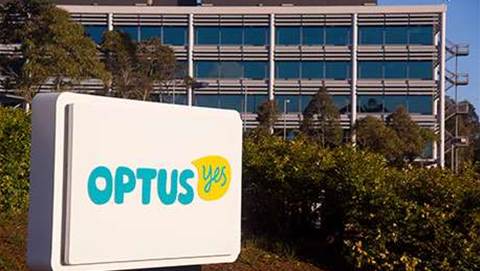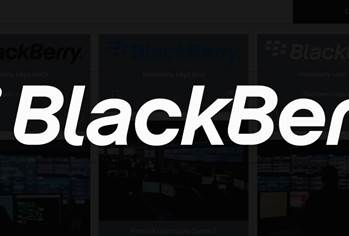Frank Dickson, vice president of Mobile Internet research at In-Stat, penned a research note in which he claims that video is the reason "why 3G data plans are not [fixed] broadband replacements."

"3G data cannot really be used as a primary broadband technology for many users due to the bandwidth caps implemented by the carriers," he said.
"Let's face it: video eats bandwidth caps for lunch.
"Due to the scariness of video, 3G data should really not be intended to be a wired broadband replacement. A better use is to augment broadband services when mobility and location create the need."
Unwired manager of corporate and regulatory affairs David Havyatt agreed that "video would eat through 3G caps too fast" but said for many users, video isn't the primary purpose for having an internet connection.
"It's a very small number of users generally who download large amounts of traffic," Havyatt said.
"Most people doing anything with video aren't streaming it anyway, they're peer-to-peering it."
The view was backed up by John Lindsay, Internode's carrier relations manager.
"From analysing our usage statistics, we see a lot of customers don't use the internet to download lots of video," Lindsay said.
"Just because you can do something with the internet, it doesn't mean everyone does."
Lindsay said wireless 3G services can be considered adequate for the majority of internet users, who access applications like email or Facebook that consume low volumes of data generally.
"For low-volume users, 3G is a perfect substitute for landline until they find they need more bandwidth," he said.
Although Unwired doesn't provide a typical 3G wireless broadband service, it offers several consumer WiMAX plans with data caps that would appear suitable for streaming video. The largest plan includes 45GB of data for under $100 per month.
"Our existing wireless plans are quite adequate ADSL1-matched plans," Havyatt said.
He believed that the potential for video would further improve as 4G services launch.
"Our true 4G plans will have the capacity and capability of matching at least an ADSL2+ fixed line service," he said.
Kursten Leins, the marketing head for multimedia at Ericsson A/NZ, said services such as ABC iView and BigPond TV " will work well over a good-quality, high-speed mobile broadband service today".
"The experience will be further enhanced with [4G technology] LTE," Leins said.
"[Of course], if everyone in a suburban street wanted to have several HD video streams to their home at the one time, while simultaneously browsing the internet or accessing online software applications and making voice calls, then a fibre network is certainly the best and most cost effective way to deliver this level of service."






 iTnews Executive Retreat - Security Leaders Edition
iTnews Executive Retreat - Security Leaders Edition












_(1).jpg&h=140&w=231&c=1&s=0)



